Decoding Section 3(k) of the Indian Patent Act: Challenges and the Road Ahead for Software and AI Patents
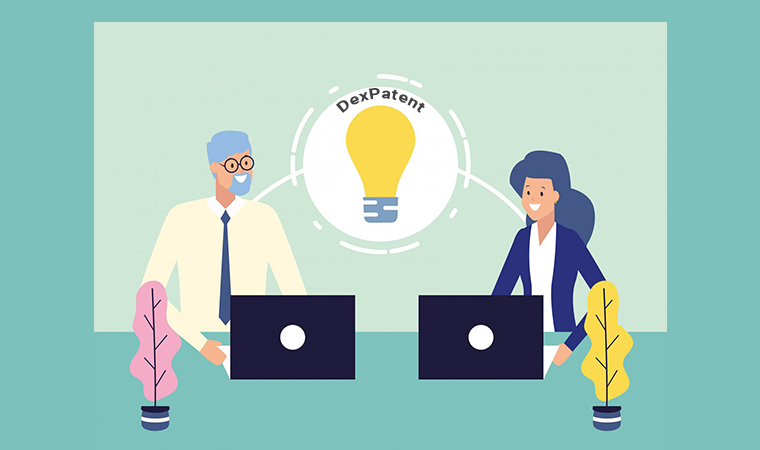
The debate over the patentability of software in India has been ongoing for years, while AI has more recently become a focal point in this discussion, primarily due to Section 3(k) of the Indian Patent Act, 1970. This section explicitly excludes mathematical or business methods, computer programs per se, and algorithms from patent protection. However, the ambiguity surrounding the term ‘per se’ has led to inconsistent interpretations and legal challenges.
With the rapid growth of AI and machine learning (ML), questions arise about whether AI-driven innovations qualify for patent protection under Section 3(k). Many AI applications involve complex algorithms, but they also contribute to technological advancements across industries.
This blog highlights the debates surrounding Section 3(k), global perspectives on software and AI patents, and potential solutions to streamline India’s patent regime for software-related and AI-driven inventions.
Understanding Section 3(k) and Its Implications
Section 3(k) was introduced through the Patents (Amendment) Act, 2002, aligning India’s intellectual property laws with its TRIPS (Trade-Related Aspects of Intellectual Property Rights) obligations. While India needed to offer patent protection for technological inventions, it also aimed to safeguard its domestic software industry, which thrives on innovation and open-source development.
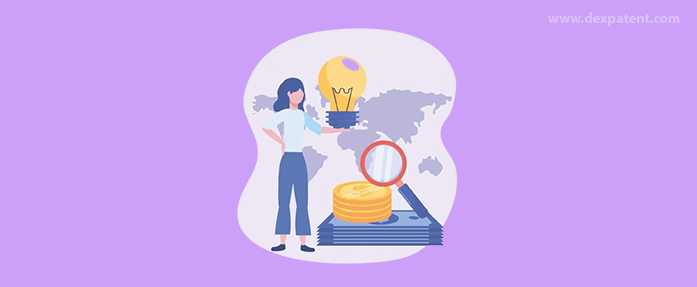
The inclusion of ‘computer programs per se’ creates a legal grey area, leading to differing opinions among patent applicants, examiners, and courts. Some software-related inventions that incorporate technical advancements or hardware elements have been granted patents, while others have been rejected for being mere implementations of business or mathematical methods through software.
Judicial Interpretations and Case Studies
The interpretation of Section 3(k) has evolved through various judicial pronouncements. Courts and the Indian Patent Office have sought to clarify the law, but inconsistencies remain.
Below are few notable cases highlighting these challenges:
- Comviva Technologies Limited v. Assistant Controller of Patents and Designs (2024):
Comviva Technologies filed a patent application for an invention titled “Methods and Devices for Authentication of an Electronic Payment Card using Electronic Token.” The application (IN201611000234) was initially rejected on the grounds that it pertained to a business method and a computer program per se, thus falling under the exclusions of Section 3(k).
Upon appeal, the Delhi High Court observed that while the invention involved a method of authentication in electronic payments—a business activity—it also incorporated technical features that enhanced security in electronic transactions. The court emphasized that the mere involvement of a business method does not render an invention unpatentable if it provides a technical solution to a technical problem. Consequently, the case was remanded for reconsideration, instructing the patent office to assess the technical merits of the invention beyond its business method aspects.
- OpenTV Inc. vs. The Controller of Patents and Designs.
OpenTV Inc. applied for a patent application (2564/DELNP/2012) on a “System and Method to Provide Gift Media,” which proposed an interactive and personalized method for digital content distribution. The Indian Patent Office rejected the application, stating that it fell under Section 3(k) as a business method implemented through software. OpenTV appealed to the Delhi High Court, arguing that the invention provided a technical solution to a technical problem rather than being a mere business method.
The Delhi High Court upheld the rejection, ruling that OpenTV’s claims did not demonstrate technical advancement or an inventive step beyond prior art. The court reiterated that while computer programs per se are not patentable, software-based inventions that provide a ‘technical effect’ or contribute to technological progress may be considered patentable.
Given these judicial interpretations, how can inventors navigate these challenges when filing patents for software or AI-based innovations? Here are some key strategies to consider.
Best Practices for Filing Software or AI/ML-Based Patents
When filing a patent for software or AI invention, it is crucial to present it in a way that meets patentability requirements. Let’s explore the best ways to present a software or AI invention effectively.
- Demonstrating a Technical Contribution
- Linking Software or AI/ML to Industrial Applicability
- Avoiding Pure Algorithm Claims
- Emphasizing Novelty and Inventive Step
- Demonstrating a Technical Contribution
For a software or AI/ML-based invention to be patentable, it must demonstrate a clear technical contribution beyond just an algorithm. Patent offices assess whether the invention provides a real-world technical solution and has practical applications.
Below are the key points to remember while filing software or AI/ML patents
- An invention should provide a technical effect or contribution beyond a mere algorithm
- An Invention should solve a real-world technical problem
- An Invention should exhibit practical application
Patenting software or AI-related inventions can be tricky. Let’s look at a real case where Microsoft faced a major hurdle but ultimately succeeded.
Case Study: Microsoft’s AI Patent (IN440185)
Microsoft filed a patent application for an AI-powered filtering user interface. The Indian Patent Office (IPO) initially rejected the application under Section 3(k), stating that it was merely routine programming with no inventive step. Microsoft appealed, arguing that the IPO had overlooked the technical contribution of their invention. The court ruled in Microsoft’s favor, and after re-examination, the patent was granted in 2023. This case highlights the importance of clearly demonstrating the technical impact of AI inventions.
2. Linking software or AI/ML to Industrial Applicability
For software or AI/ML inventions to be patentable, they must have a clear and demonstrable application in a specific field of technology or industry. One compelling example is NiramAI a groundbreaking invention in breast cancer screening.
Case Study: NiramAI: AI-Based Breast Cancer Screening (IN365539)
Traditional mammograms can be uncomfortable and involve radiation. NiramAI uses AI and thermography (heat-based imaging) to detect cancer early—without pain or radiation. A thermal camera scans the breast, and AI analyzes heat patterns to check for abnormalities. If there’s an unusual temperature difference, it could signal early-stage cancer, prompting further medical evaluation. This invention proves how AI can drive medical innovation and improve healthcare outcomes.
3. Avoiding Pure Algorithm Claims
Software and AI/ML-based inventions must go beyond just mathematical models or data processing. If an invention is purely an algorithm without any real-world technical application, it is likely to be rejected under Section 3(k) of the Indian Patent Act.
Case study: BlackBerry vs. IP India (Application No. 1762/DEL/2008)
BlackBerry’s patent application for “Administration of Wireless Systems” was rejected under Section 3(k) for being a software-based invention without inventive hardware features. Despite arguing that it provided a technical solution, the court ruled that the invention was merely an algorithmic process without additional technical enhancement, making it unpatentable.
4. Emphasizing Novelty and Inventive Step
Software or AI/ML-based inventions must meet novelty and inventive step requirements to be patentable.
Mere automation of an existing process is not enough.
The software or AI/ML approach must enhance accuracy, efficiency, or cost-effectiveness over prior art.
Case study: Google LLC vs. The Controller of Patents (5429/DELNP/2007)
In the case of Google LLC vs. The Controller of Patents, Google filed Indian Patent Application No. 5429/DELNP/2007 for managing instant messaging sessions across multiple devices. The Indian Patent Office (IPO) rejected the application in 2019, citing a lack of inventive step under Section 2(1)(ja) and arguing that the invention was obvious in view of prior art. Google appealed to the Delhi High Court, which analyzed the claims and found that the invention provided a technical advancement over existing solutions. On April 2, 2024, the court ruled in Google’s favor, setting aside the IPO’s decision and directing the grant of the patent. This case highlights the importance of demonstrating technical advancements in software-based patent applications.
International Perspectives on Software Patents
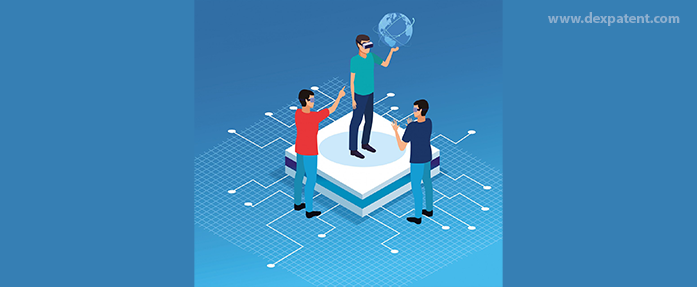
Many countries have developed clear frameworks for software patentability, balancing innovation incentives with public interest:
- United States: The U.S. follows the Alice/Mayo framework, where software inventions must demonstrate a technical contribution beyond an abstract idea.
- European Union: The European Patent Office (EPO) allows software patents if they provide a ‘technical effect’ beyond standard computing functions.
- India: The Indian patent office (IPO) allows software patents if they provide a ‘technical effect’ or technical contribution
- China & Japan: These countries have increasingly granted software patents, focusing on technical improvements and industrial applications.
Real-World Impact of unclear guidelines: The lack of clarity in India’s software patenting laws often leaves startups struggling to protect their innovations. Many companies face difficulties in securing patents, leading to potential revenue loss or the need to operate in uncertain legal territory.
The Need for Reform in India
With global trends shaping software or AI innovation, India needs clearer patent guidelines. Some possible solutions include:
- Defining ‘Technical Effect’ More Clearly: Establishing a standardized definition for technical contribution in software inventions can provide more consistency
- Examiner Guidelines: Updated patent examination guidelines with case law references can help in uniform application of Section 3(k)
- Legislative Amendments: Revisiting Section 3(k) to explicitly allow patents for software and AI with demonstrable technical advancements can encourage innovation
- Industry Collaboration: Engaging with software companies and startups to develop balanced policies that support innovation without stifling competition
Conclusion
The evolving landscape of software and AI innovation demands a more structured and predictable patent regime in India. While Section 3(k) aims to prevent monopolization of abstract ideas and business methods, its inconsistent interpretation has led to legal uncertainties. By aligning with international best practices and refining patent examination standards, India can foster a more robust and innovation-friendly environment for software and AI related inventions. The road ahead lies in balancing legal clarity with the dynamic needs of the tech industry.
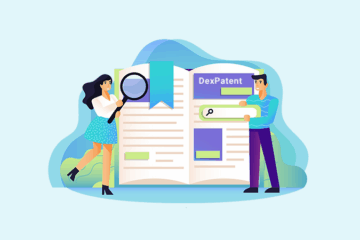
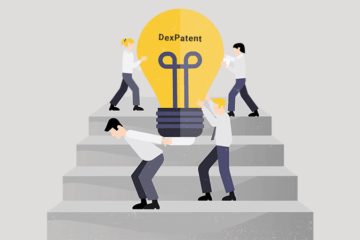
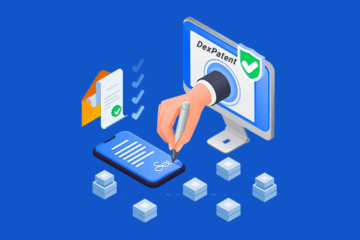
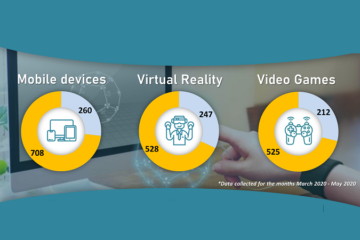

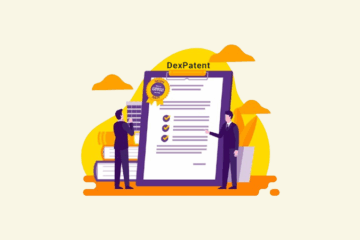






0 Comments